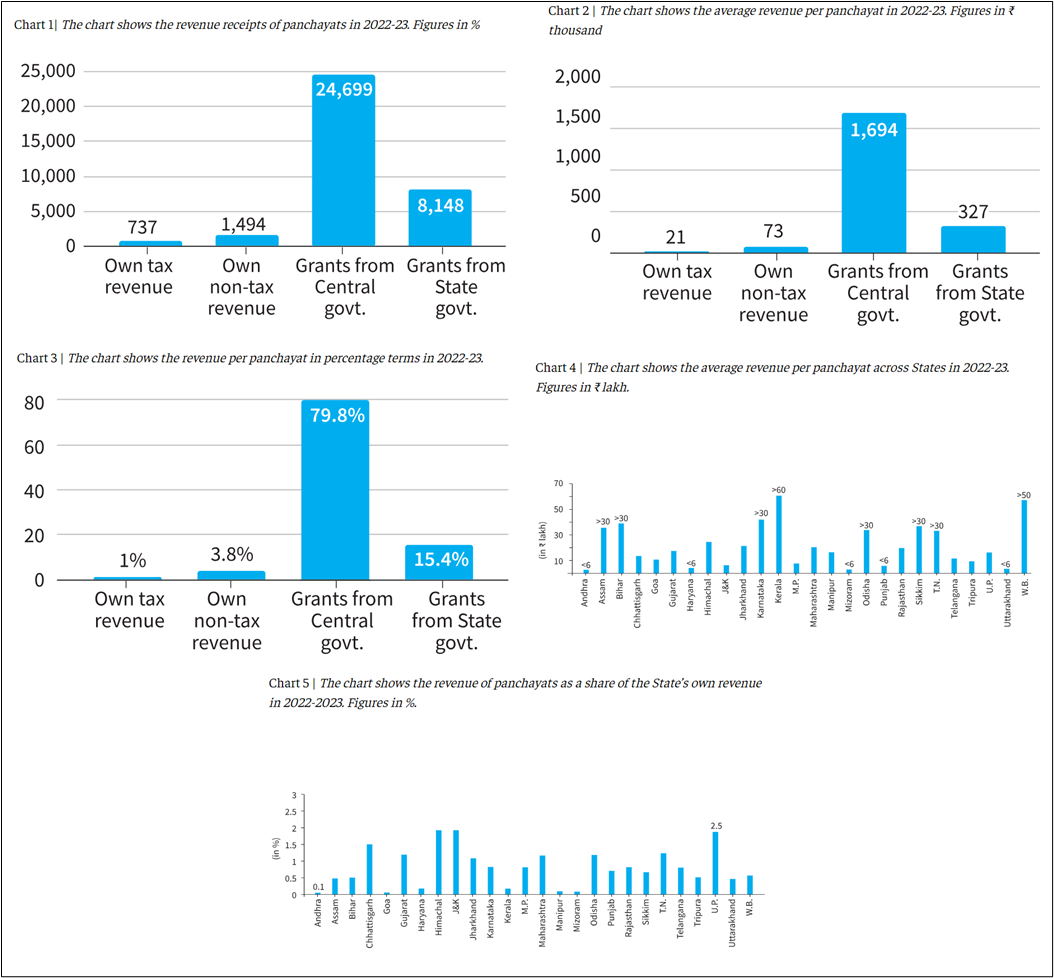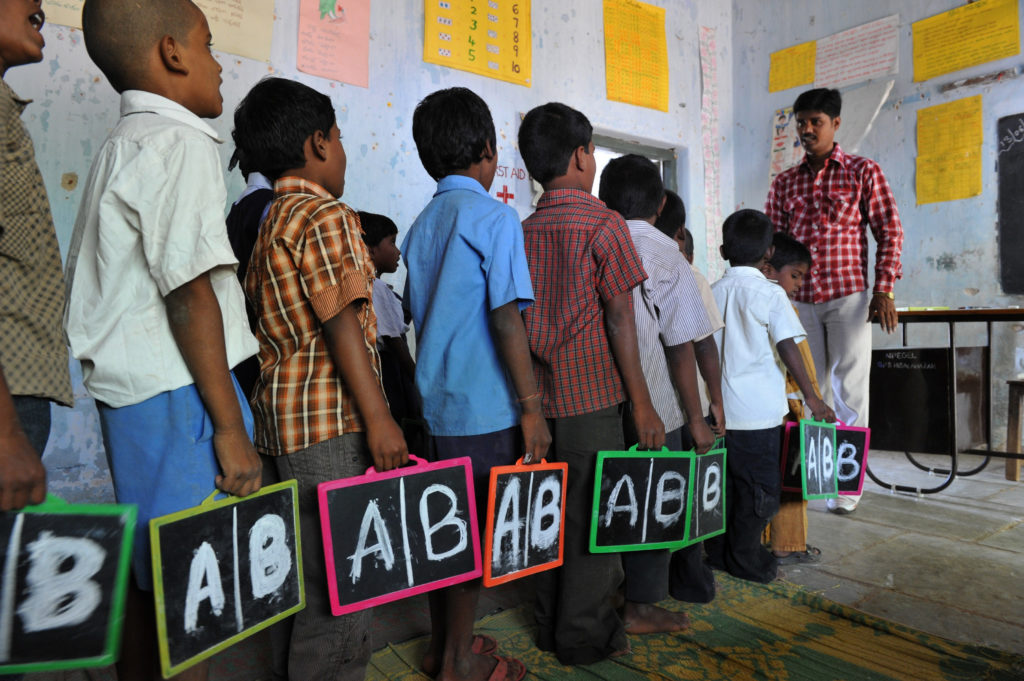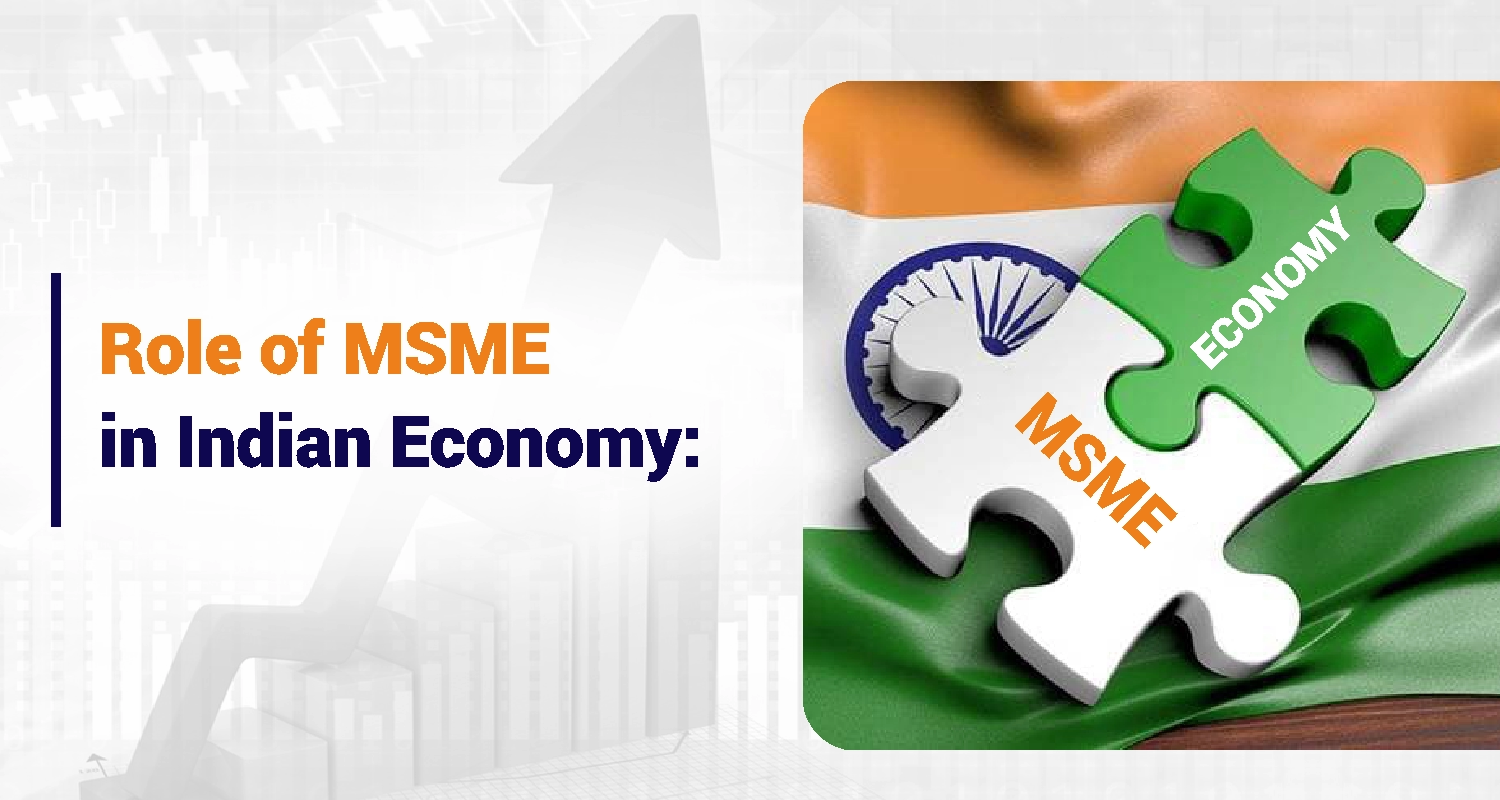- Courses
- GS Full Course 1 Year
- GS Full Course 2 Year
- GS Full Course 3 Year
- GS Full Course Till Selection
- Answer Alpha: Mains 2025 Mentorship
- MEP (Mains Enrichment Programme) Data, Facts
- Essay Target – 150+ Marks
- Online Program
- GS Recorded Course
- Polity
- Geography
- Economy
- Ancient, Medieval and Art & Culture AMAC
- Modern India, Post Independence & World History
- Environment
- Governance
- Science & Technology
- International Relations and Internal Security
- Disaster Management
- Ethics
- NCERT Current Affairs
- Indian Society and Social Issue
- NCERT- Science and Technology
- NCERT - Geography
- NCERT - Ancient History
- NCERT- World History
- NCERT Modern History
- CSAT
- 5 LAYERED ARJUNA Mentorship
- Public Administration Optional
- ABOUT US
- OUR TOPPERS
- TEST SERIES
- FREE STUDY MATERIAL
- VIDEOS
- CONTACT US
FINANCES OF PANCHAYATI RAJ INSTITUTIONS
FINANCES OF PANCHAYATI RAJ INSTITUTIONS
12-02-2024
- In Jan 2024, the Reserve Bank of India (RBI) released a report titled 'Finances of Panchayati Raj Institutions' for the fiscal year 2022-23, revealing insights into the financial aspects of Panchayati Raj Institutions (PRIs) in India.
-
What is a Panchayati Raj Institution?
- The 73rd Constitutional Amendment Act, 1992 conferred constitutional status to the Panchayati Raj Institutions (PRIs) and established a uniform structure with three tiers.
- PRIs operate at three levels: gram sabhas (village or group of small villages), panchayat samithis (block council), and zila parishads (district).
- Article 243G of the Indian Constitution grants state legislatures the authority to empower Panchayats to function as self-government institutions.
- Provisions for the financial empowerment of Panchayats are outlined in Article 243H, Article 280(3)(bb), and Article 243-I of the Constitution.
-
Financial Empowerment of Panchayats:
- Article 243H empowers state legislatures to authorize Panchayats to levy, collect, and appropriate (assign) taxes, duties, tolls, and fees, subject to conditions and limits.
- Article 280(3)(bb) mandates Central Finance Commission to recommend measures to increase Consolidated Fund of a State to support Panchayat resources based on State Finance Commission recommendations.
- Article 243-I mandates the formation of State Finance Commissions every five years to review the financial status of Panchayats.
- They advise the Governor on distribution principles of taxes, duties, tolls, and fees, measures to improve financial position, and other finance-related matters.
- Role of the Ministry of Panchayati Raj: The Ministry of Panchayati Raj oversees all matters related to the Panchayati Raj and Panchayati Raj Institutions, established in May 2004.

-
Key Highlights of the Report:
-
Revenue Composition:
-
-
- Panchayats derive only 1% of their revenue from taxes.
- The majority of their revenue comes from grants provided by the Centre and the States.
- Data shows that 80% of the revenue is from Central government grants, while 15% is from State government grants.
-
-
Revenue Statistics:
-
-
- In the fiscal year 2022-23, panchayats recorded a total revenue of nearly Rs 35,350 crore.
- Only Rs 740 crore was generated through their own tax revenue, which includes taxes on profession and trades, land revenue, stamps and registration fees, taxes on property, and service tax.
- Non-tax revenue amounted to nearly Rs 1,500 crore, mainly from interest payments and Panchayati Raj programs.
- Notably, panchayats received Rs 24,700 crore in grants from the Central government and Rs 8,150 crore from State governments.
-
-
Revenue Per Panchayat:
-
-
- On average, each panchayat earned just Rs 21,000 from its own tax revenue and Rs 73,000 from non-tax revenue.
- In contrast, grants from the Central government amounted to approximately Rs 17 lakh per panchayat, with State government grants totalling over Rs 3.25 lakh per panchayat.
-
-
State Revenue Share and Inter-State Disparities (inequality):
-
-
- Panchayats' share in their respective State's own revenue remains minimal.
- For instance, in Andhra Pradesh, revenue receipts of panchayats constitute just 0.1% of the State’s own revenue, while in Uttar Pradesh, it forms 2.5%, the highest among states.
- There are significant variations among states regarding average revenue earned per panchayat.
- Kerala and West Bengal lead with average revenues of over Rs 60 lakh and Rs 57 lakh per panchayat, respectively.
- The revenue was over Rs 30 lakh per panchayat in Assam, Bihar, Karnataka, Odisha, Sikkim, and Tamil Nadu.
- States like Andhra Pradesh, Haryana, Mizoram, Punjab, and Uttarakhand have significantly lower average revenues, less than Rs 6 lakh per panchayat.
-
-
Recommendations of RBI:
-
-
- The RBI proposes greater decentralization and empowerment of local leaders and officials, along with measures to enhance financial autonomy and sustainability of Panchayati Raj.
- The report suggests PRIs to improve resource utilization through transparent budgeting, fiscal discipline, community involvement, staff training, and monitoring.

-
Reasons for Panchayats Facing Funding Related Issues
-
Limited Taxation:
-
-
- PRIs have limited powers to impose taxes and often receive insufficient funds from the State Government.
- They hesitate to raise funds fearing loss of popularity.
-
-
Low Capacity and Utilization:
-
-
- PRIs may lack the skills to generate revenue from fees, tolls, etc.
- Challenges in efficient fund utilization due to poor planning and monitoring.
-
-
Fiscal Decentralisation Issues:
-
-
- Insufficient devolution (distribution) of financial powers hampers (hinder/obstruct) their ability to mobilize resources independently.
- Limited fiscal decentralization weakens local governance and community empowerment.
-
Repercussions (consequence) of Panchayats’ Financial Dependence
- Dependence on external funding leads to interference from higher government levels.
- Delayed release of funds by State governments forces panchayats to seek private funds.
- Some regions face non-receipt of funds under key schemes, affecting their functioning.
- The Standing Committee on Rural Development and Panchayati Raj reported that 19 out of 34 State/UTs did not receive funds under the Rashtriya Gram Swaraj Abhiyan scheme in FY23.
-
- The Standing Committee on Rural Development and Panchayati Raj is responsible for examining demands for grants for each financial year from the Ministry/Department under its purview (scope).
- The Rashtriya Gram Swaraj Abhiyan (RGSA) is a scheme launched by the Ministry of Panchayati Raj in 2018 to strengthen the Panchayati Raj system in rural areas.
-
Government Initiatives to Strengthen Panchayati Raj Institutions (PRIs)
- e-Gram Swaraj e-Financial Management System: It's a Simplified Work Based Accounting Application for Panchayati Raj that enhances the credibility of Panchayat by devolving funds to PRIs.
- Saansad Adarsh Gram Yojana: It focuses holistic development of villages, transforming them into Adarsh Grams.
-
- Each Member of Parliament (MP) is tasked with promoting development of three Gram Panchayats (GPs) by 2019 and another 5 GPs by 2024.
-
- LSDGs through PRIs: The Ministry adopts a thematic approach for Local Sustainable Development Goals (LSDGs) leveraging (use to maximum advantage) third tier of Government, with goals to be attained by 2030.
- Panchayat Development Index (PDI): MoPR constituted a committee to prepare mechanisms for computation of PDI to measure progress on LSDGs and carry out evidence-based policy assessment.
- Gram Urja Swaraj Abhiyaan: MoPR collaborates with the Ministry of New and Renewable Energy to include Gram Panchayats under all its schemes, focusing on renewable energy adoption for self-sufficiency.
- National Panchayati Raj Day (NPRD): Celebrated annually on April 24th by MoPR to commemorate the 73rd Constitutional Amendment Act of 1992.
- Theme for 2023: "Panchayaton ke Sankalpon ki Siddhi ka Utsav" celebrates adopting a "whole-of-society" and "whole-of-government" approach.



